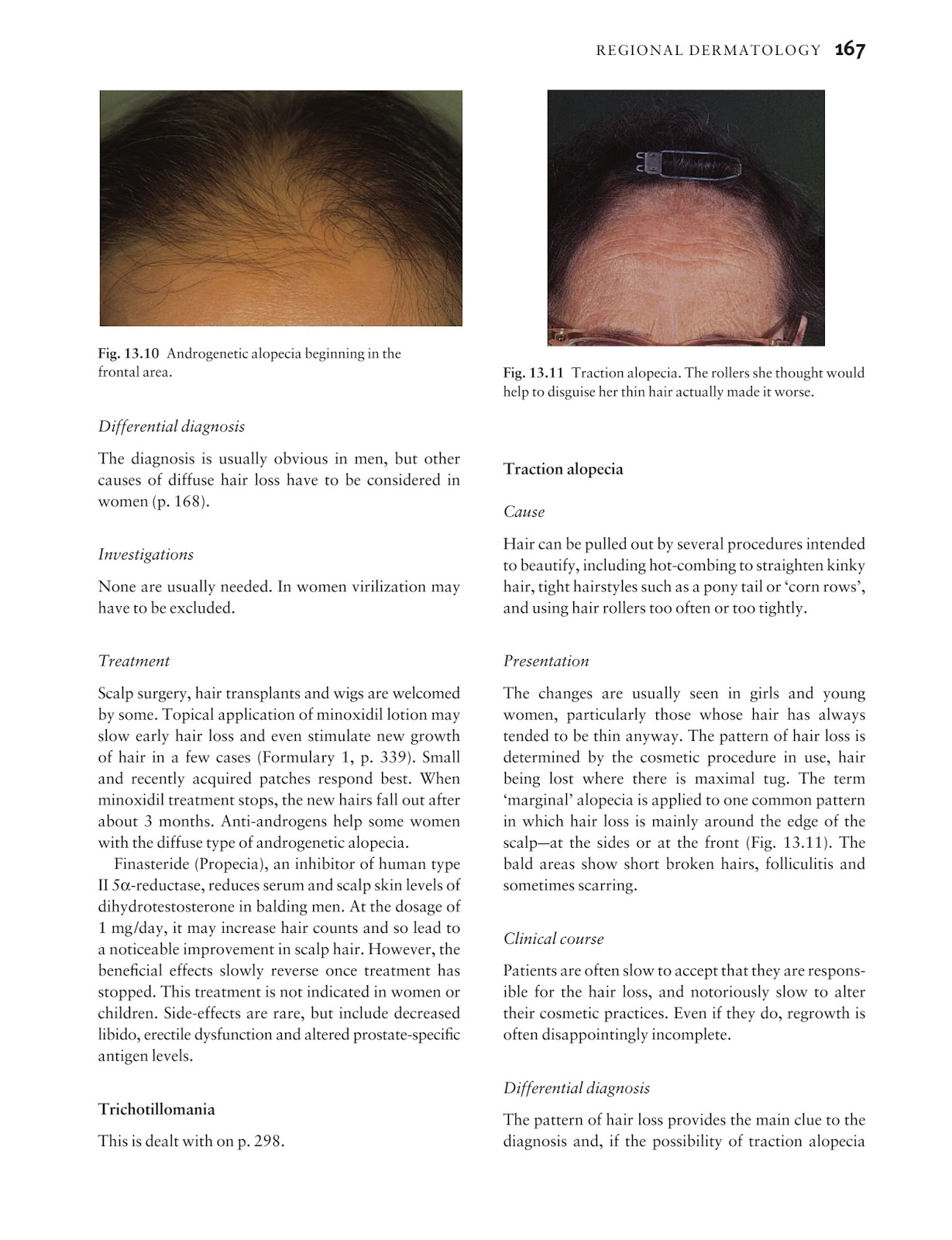


Low Dose Naltrexone is also thought to tamp down inflammation systemically. Among the many functions of cytokines is the control of cell proliferation and differentiation and the regulation of angiogenesis and immune and inflammatory responses. Specific cytokines have autocrine, paracrine, and/or endocrine activity and, through receptor binding, can elicit a variety of responses, depending upon the cytokine and the target cell. This is why many people with autoimmunity have a difficult time fighting infections. Along with endorphins, cytokines are also thought to be better modulated with low dose naltrexone therapy.Ĭytokines are immune system proteins, but when in overdrive, they begin to attack the body’s own tissue. Individuals with cancer, immune deficiencies, and other infections usually have lower endorphin levels. Bernard Bihari, discovered that low doses of Naltrexone were so effective at increasing endorphins that he began researching it to fight infections, cancer, and autoimmune disorders. How does this mechanism work? By blocking opioid receptors, the brain receives a signal that endorphins are low and begins to increase endorphin production. Additionally, Naltrexone increases endorphins, which are known to enhance immunity. Taken at high doses of 50mg to 100mg, it’s been used for decades to help patients addicted to opiates and/or heroine fight their addiction by blocking the “high” feeling within the brain. Naltrexone is an opioid antagonist, meaning that it blocks opioid receptors.


 0 kommentar(er)
0 kommentar(er)
